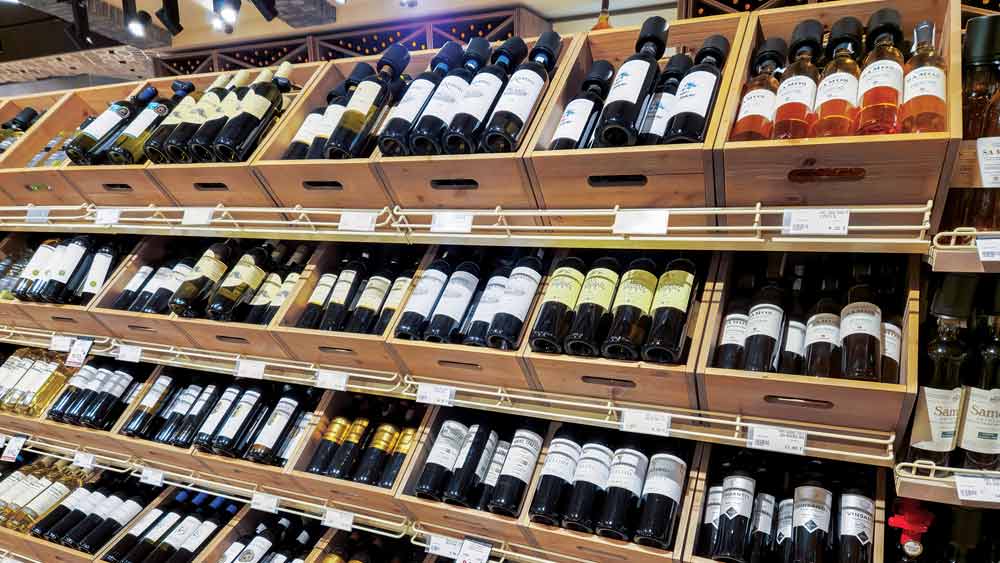
With more than 5,000 wineries in California, the brawl for attention on crowded retail shelves is often waged through labels.
Hints of shoe leather. Floral notes. Gooseberries. Taunt tannins.
Barnyard. Pencil shavings. Weak finish like the Dodgers in the playoffs.
All of the descriptions above were found on wine labels describing the vino inside. OK the Dodgers was a product of the terroir of my imagination. But wine labels are the prime real estate where wineries sell their product to the public. Both the front of the labels as well as the back have morphed from simply a way to identify and differentiate the wines on a retail shelf into something that is part artwork, part product description with notes of herbaceousness and a soupcon of old fashioned BS.
The thing is, the wine industry is a monster. According to industry lobbying group the Wine Institute, on a per person basis in the United States we drink 3.18 gallons of wine each year. And that number would be higher if broken down by only those over 21 years of age. (Higher still if the Wine Institute checked my recycling bin.)
The wine biz generated $88 billion for the California economy in 2022, according to National Association of Wineries. And it brought more than 25 million tourist visits to the state, with many of those tourists nudging in front of you at the tasting room as they ask about brix level while spilling a little merlot on your shoes.
Bless them and their travel dollars.
There are more than 5,000 wineries in the Golden State including more than 450 in Napa, 425 more in Sonoma and 14 in Marin (hello Kendric Vineyards!) Throughout the state there are 615,000 acres of land in grape production in 49 counties out of a total of 58. California’s cellars produce 84% of the wine made in the United States, according to the World Population Review. The making and selling of wine employs 422,000 in California, according to the Institute.
That’s a pretty competitive landscape—so wineries can be forgiven if they get a bit creative in their bid to win the hearts, minds and palates of imbibers via their wine labels.
Those wines are sold through retailers like BevMo, which has 146 stores in California, 90% of its total store portfolio. Or Total Wines and More. And competition for that shelf space is fierce. Then there are the independent stores like Bottle Barn in Santa Rosa, Back Room Wines in Napa or Ludwig’s Fine Wine & Spirits in San Anselmo.

Retailers also include grocery chains like Safeway and Whole Foods, where the struggle for attention and sales is even more pronounced. And wineries have reacted to the brawl for shelf supremacy by treating labels like mini-roadside billboards.
And this is to say nothing of vineyards needing to consider sales via online wine retailers like Wine.com, NakedWines.com and Wine Insider. While the online retailers have different resources to present and sell their bottles, the wineries need to present their product in a uniform way so the bottles on the shelf looks the same as the wine in the digital marketplace.
Indeed, times have changed. While in the past labels often simply depicted the brand’s name, today they are grabbing consumers in less-traditional ways. A recent survey of labels included a wide variety of splashy art. Red Truck Wines has, what else, a red truck on the label from a painting by Sonoma’s own Dennis Ziemienski. Likewise, Three Pears Wine out of St. Helena, depicts pears in triplicate.
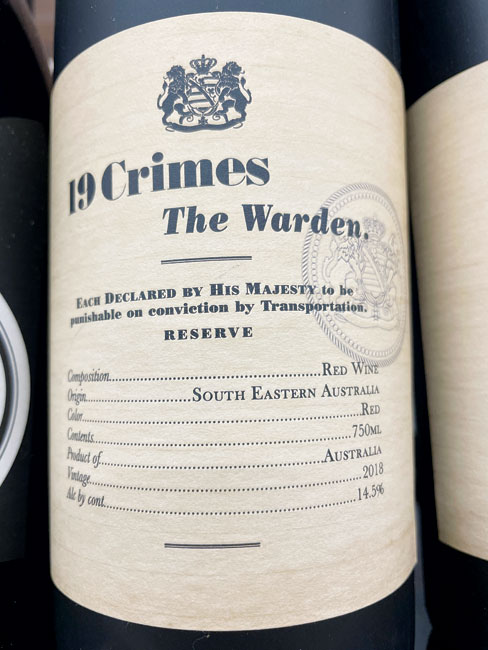
The labels of 19 Crimes features famous celebs who have had brushes with the law. Domestic goddess and ex-con Martha Stewart graces the chardonnay label. Rapper and cannabis connoisseur Snoop Dog teamed with an Australian vintner on the brand.
Sometimes the label is a social statement. The label of the Prisoner Wine Co. from Sonoma has a crouched prisoner shackled in chains, inspired by the artist Francisco Goya. The winery seeks to focus attention on correction systems while moving its wine.
One wine industry insider said that there are essentially two fundamental types of labels out there. He said there is classic, which tends to be used by traditional wineries who have stuff like land, their own fruit and a brand that was established before TikTok. Those labels tend to be long on words and shorter on art.
Then there are the rest. These labels are about getting attention and they sometimes lean on more of a visual splash. Some of these brands don’t have their own vineyards or tasting rooms, but they often have a pretty interesting label.
The different approaches to what goes on a label also has something to do with how the perceived experience of drinking wine has shifted. When I was growing up in Palo Alto before it was Silicon Valley, the drinking of wine was aspirational and had something to do with the good life. Print ads were filled with those who not only were in the cultural know, but had sufficient cash for nice things, one of which was wine served in a proper glass on a terrace overlooking the vines.
Today, enjoying wine is more a casual thing, as demonstrated by the emergence of canned wines as well as keto wines, sugar free wine and organic/sustainable/clean wine.
A new designation for wines has sprung up for those willing to count calories, but unwilling to put that wine glass down. Better for your wines is aimed at those partaking in both a lifestyle of lighter eating while still enjoying a glass of the grape. The labels of these selections—which include Pool House, Sunny with a Chance of Flowers and, of course, SkinnyGirl—are longer on info about calories, alcohol levels and carbs. Pool House is a newish label from Francis Ford Coppola who brought us both The Godfather and wines from his Geyserville winery. SkinnyGirl, which features a label with a skinny woman holding both a bottle and a glass, comes from Bethany Frankel, one of the original Housewives of New York City.
The Basics
Most wines are contained in 750 milliliter bottles with labels on both the front and the back. The bottle itself can be corked in the traditional fashion or utilize a screw cap in order to keep the red wine from spilling onto your couch and leaving you a stain that looks like a CSI van is on its way.
Wine makers have plenty of freedom when it comes to what they put on a label. California stipulates that wines labeled as a varietal such as chardonnay or cabernet sauvignon must be made from 75% of that varietal. If it carries a vintage, then 95% of the grapes used to produce the wine must be from the year on the label. If the wine carries a vinicultural designation, then 85% of the grapes used to produce the wine much come from that region.
Locally, the AVA, or American Vinicultural Area, is important information. This essentially says what wine district the wine comes from like Napa’s Atlas Peak, Staggs Leap and Oakville. Sonoma is known for Dry Creek Valley, Chalk Hill and Knight’s Valley.
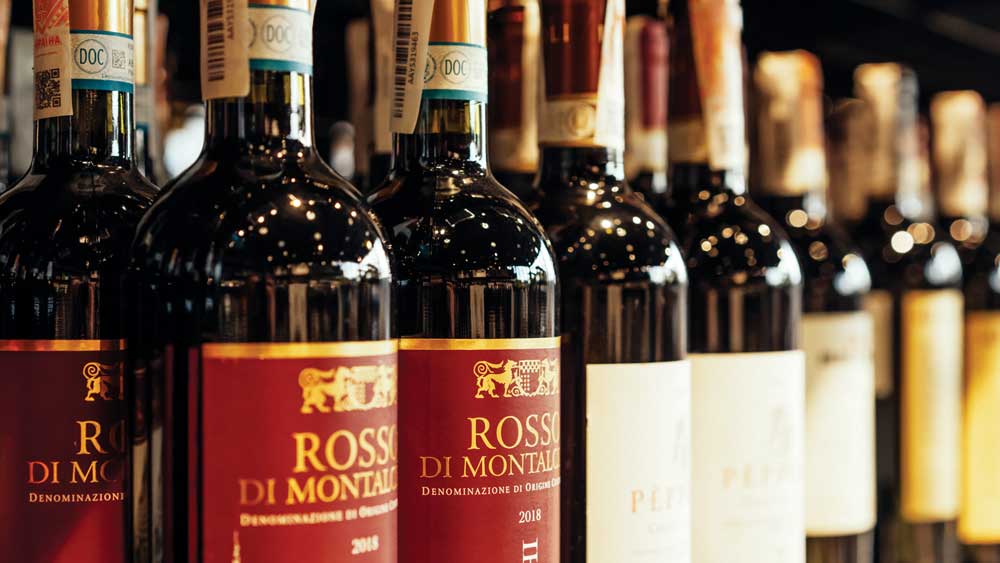
Federal label requirements include listing alcohol percentage, name and address of winery, health warning statement and sulfite declaration, according to the Alcohol and Tobacco Tax and Trade Bureau (TTB), the regulator formerly known as Alcohol Tobacco and Firearms (the guys in the snazzy windbreakers leading the charge on gun raids with film at 11).
So, the requirements are pretty straight forward and don’t take up too much label space. But things may be changing. The TTB has proposed that winemakers give consumers more information about how the wine is made and what is in their glass. A TTB report in February 2022 prompted by an executive order from the Biden administration suggests consumers would benefit from “prioritizing labeling rules that protect consumers and public health, while reducing or eliminating any regulatory requirements that create compliance costs and can be barriers to new entrants or burdens to small businesses.”
Are you scratching your head over that quote? Me too. So, the concept is to create more transparency and provide more information for we who are tipping a glass of delightful pinot noir, but winemakers get the upside of less regulation and slicing costs?
Sure, uh, that sounds doable.
The 64-page report titled “Competitions in the Markets for Beer, Wine and Spirits” is not what you would call a page turner. In the best tradition of governments powered by career bureaucrats, political appointees and folks with liberal arts degrees, it drones, spews and pours out ideas on how the above contradiction might be achieved.
And like a red wine that has sat too long in the bottle, it is murky, full of questionable sediment, and hard to swallow.
The wheels grind slowly. The idea of including ingredients for alcoholic beverages has been kicking around since 1972 in various forms. Currently the use of FD&C Yellow No. 5, disclosure of sulfites at 10 or more parts per million, aspartame, and the color additives cochineal extract and carmine are required by the feds. In 2006, the agency published a notice of possible rulemaking about allergens in beverages, but that proposal has not been finalized, as it has only been 17 years.
Did I say slowly? I meant glacial.

A couple wineries have been listing ingredients for a while on a voluntary basis. Ridge Winery and Bonny Doon Vineyard, both in Santa Cruz, list what goes into their wines. Having spent a fair amount of time in Santa Cruz, I can say that the local community embraces transparency in big way, so Ridge and Bonny Doon leading the way on this issue makes perfect sense.
Lindsey Regan, VP of brand strategy for Offset Partners in Napa, said there may be some hurdles facing the wine industry before ingredients come to a wine label near you. To begin with, Regan said the industry is slow to change, and I get that. People say change is good, I say you go first.
Offset Partners specializes in helping with branding strategy, visual identity and packaging, storytelling and commerce strategy. One of the things they do a lot of is designing and developing labels.
Regan also said that the making, drinking and even the selling of wine can be romantic. Including a list of everything going into a bottle might take something away from that sentiment.

Left unsaid was a commonsense issue. Show me an industry that wants more regulation and I will show you executives that have been drinking wine at breakfast.
Byron Hoffman is co-CEO and chief creative officer at Offset, and he says one of the company’s missions on behalf of clients is to demystify wines. He said consumers should expect a wine label to be honest, that it’s a communication vehicle and that creating them is more art than science.
Labels are often the first time a consumer is exposed to a wine, and the first time the winery has a chance to make an impression on the consumer.
Tim Gatto, a principal with Gatto Rivera in Napa, says he thinks one of the issues with wine labels and those who are behind them, is they are trying too hard. “There’s a tendency to go overboard, be a bit stuffy.”
The Napa firm supplies branding and packaging creativity for the wine, beer and spirits industries.
Gatto points to the bottle itself, which sometimes is too dark or has too much foil. “Restraint can be hard. Sometimes less is more.”
One challenge facing wineries in drawing consumers to their product is a need to describe how the wine tastes using its back label as the easel. “This red wine articulates a bouquet of fresh cherry pie, ripe cassis and cocoa-dusted berry trifle, joined elegantly with oak, cinnamon, anise and white pepper. Berry flavors and dark stonefruit marry in this graceful wine, opulent and satiating.”
The above description is based on an actual label, with identifying descriptors mercifully changed. The label description begins OK as most of us can ID the scent of cherry pie. Ripe or for that matter unripe cassis begins to lead the train off the track. And cocoa-dusted berry trifle? I wouldn’t know cocoa-dusted berry trifle if it came with a nametag and Count Chocula was introducing us.
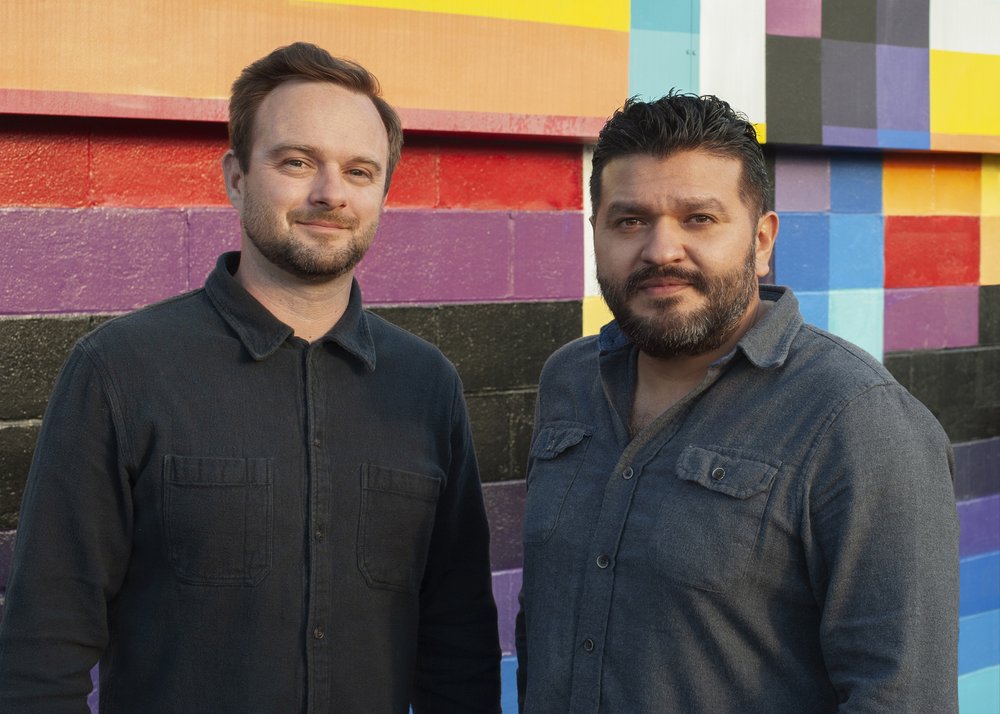
Gatto says one of the problems with using the descriptive model is simple. What if doesn’t match up with how the wine really tastes?
The folks at Offset Partners said this particular wine label approach can be intimidating.
There are also some buzzwords that tend to find their way onto labels that don’t really serve consumers well. As a public service, we include a couple here.
A wine that is handcrafted sounds good, but the reality, according to the folks at Offset, is the verb is junk. I bow to their wisdom and also add a literal note: show me that really good wine that robots are creating.
Another phrase to question is award winning. There are numerous awards given on an international basis. The United States has awards for each state. Then there are county fair awards. This is to say nothing of publications such as the Santa Rosa Press Democrat, the San Francisco Chronicle and Wine Spectator magazine. I’m not sure it’s possible to make wine and not receive an award. It’s as if bottles of vino have become kids playing soccer.
In the end, the enjoyment, producing and sale of wine has changed a great deal in the United States. While vintage, wine region and grape varietal are still standard characteristics of wine, so are food and wine pairing, ambiance and sense of humor.
Gatto says for lots of wine drinkers these days being able to buy and enjoy a wine to drink with pizza is just as important as having your favorite steakhouse wine. And both those kinds of wines need a label consumers find relatable.
Likewise, having a brand of wine that will get you through your next breakup or to drown your sorrows when your team’s fourth-string quarterback goes down with a concussion in the NFC championship game (hello 49ers), is pretty important as well.
Knowing how the wine label game is played helps in choosing those wines. Reading a label goes deeper than its alcohol content or AVA. And just because it has a rendering of the Mona Lisa on the label doesn’t mean the wine inside is a masterpiece. You may love Dave Matthews’ music, but that doesn’t mean his Dreaming Tree Wines label will hit all the right notes.
When it comes to a wine and its labels, it’s buyer beware. And bring your own corkscrew.
Author
-
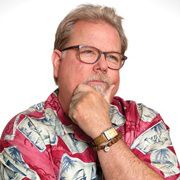
Bill Meagher is a contributing editor at NorthBay biz magazine. He is also a senior editor for The Deal, a Manhattan-based digital financial news outlet where he covers alternative investment, micro and smallcap equity finance, and the intersection of cannabis and institutional investment. He also does investigative reporting. He can be reached with news tips and legal threats at bmeagher@northbaybiz.com.
View all posts



